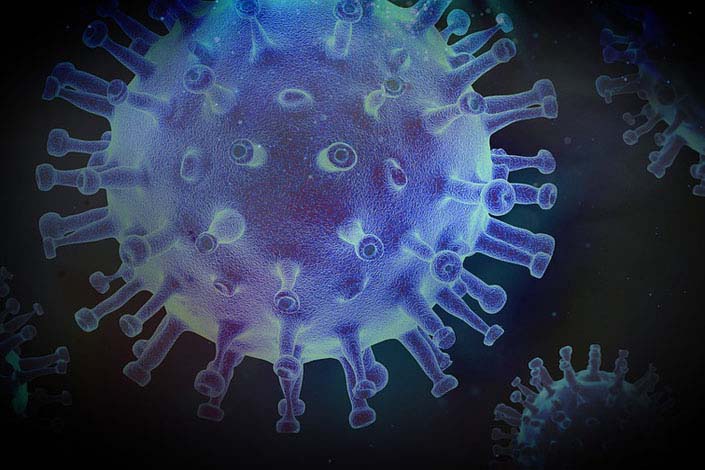W gabinecie lekarza rodzinnego Terapia 2020, 3 ( 386 ) : 4 - 8
Nowy koronawirus – SARS-CoV-2
New coronavirus: SARS-CoV-2
Both WHO and all countries of the world issued mandatory recommendations regarding prevention, i.e. hygiene, reporting of cases, contacts with people from the area where the infection was registered. Information materials have been published, available not only in the form of leaflets, posters, but also on many websites. Confirmation of the presence of the pathogen is examined by molecular biology methods. For SARS-CoV-2 infections, we currently have neither a vaccine nor medicine. In many countries intensive research is underway to introduce a vaccine and a drug as soon as possible. The primary duty of a patient suspected of having coronavirus infection is to contact Sanitary Epidemiological Stations by phone or from an infectious hospital. Currently the effects of coronavirus infection resulting in death are incomparable to the number of deaths due to post-influenza complications that we record in the world during the epidemic season.
Już Heraklit z Efezu powiedział: „Nic nie jest stałe, oprócz zmian”, które czasem jest modyfikowane: „Przyroda lęka się próżni”. Koronawirusy (CoV) to największa grupa wirusów należących do rzędu Nidovirales (rodzina Coronaviridae). Zostały one sklasyfikowane do dwóch porodzin: Coronavirinae i Torovirinae. Pod względem cech genetycznych poszczególnych gatunków w podrodzinie Coronavirinae wyodrębniono cztery rodzaje koronawirusów: alfa, beta, delta oraz gamma. Z języka łacińskiego corona oznacza wieniec lub koronę. Nazwa ta pochodzi od wyglądu wirionów widocznych dopiero w mikroskopie elektronowym (1).

Zaloguj się i przeczytaj bezpłatnie całą treść artykułu.
Nie masz jeszcze konta dostępowego?
Zarejestruj się bezpłatnie, a otrzymasz:
* dostęp do wszystkich doniesień oraz pełnych tekstów artykułów naukowych w naszej Czytelni,
* prawo do bezpłatnego otrzymywania newslettera "Aktualności TERAPIA" z przeglądem interesujących i przydatnych wiadomości ze świata medycyny oraz systemu ochrony zdrowia w Polsce i na świecie,
* możliwość komentowania bieżących wydarzeń oraz udziału w ciekawych quizach i konkursach.
Zapraszamy serdecznie, dołącz do naszej społeczności.



Dodaj komentarz